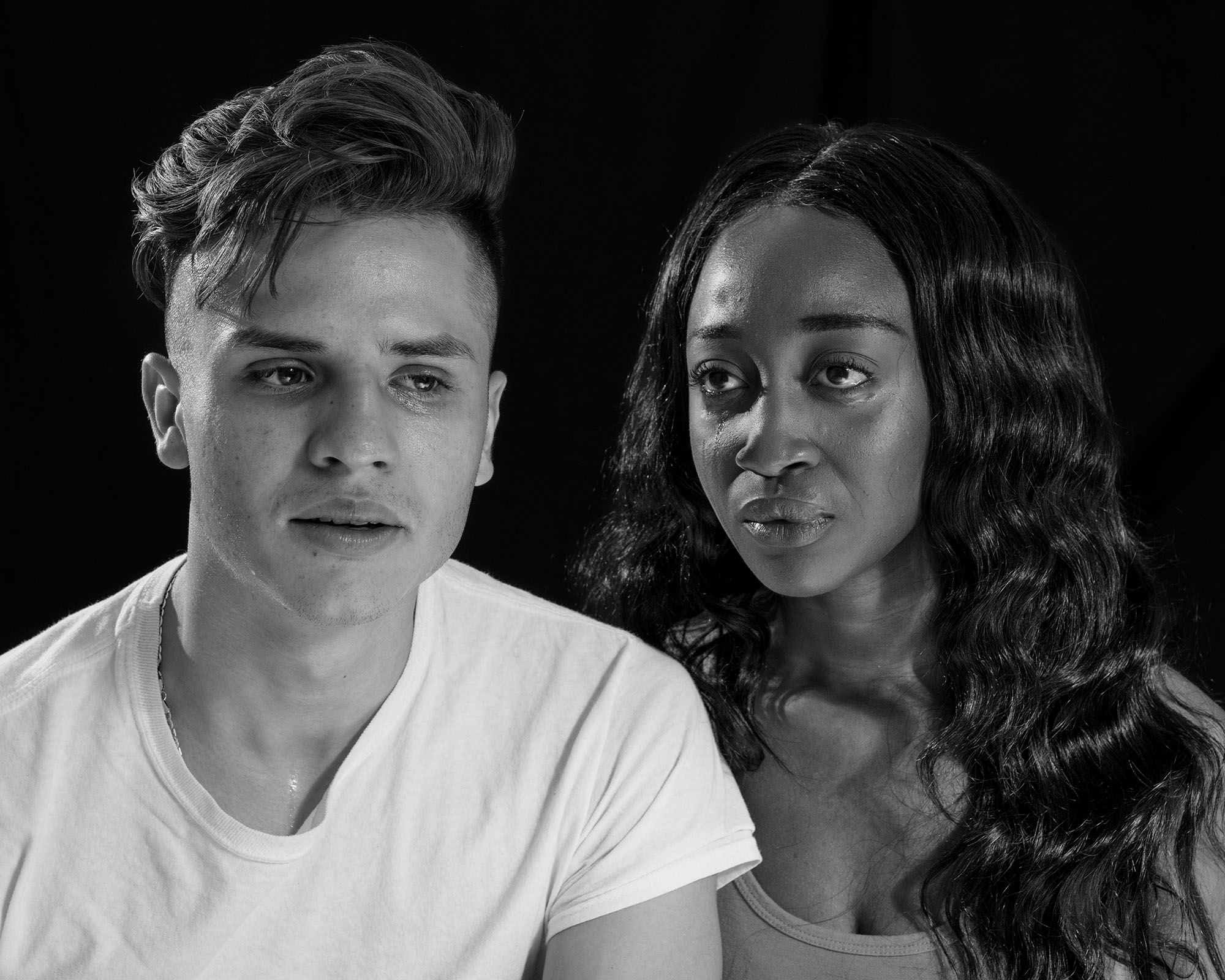Growing up Jewish in the “extremely religious, conservative evangelical state” of Texas, Eli Durst was drawn to church basements, aware of their mundanity but intrigued on account of his limited access. “The church basement is very loaded,” he says today, still a resident of the state’s capital, Austin, and about to release The Four Pillars, his second monograph, which uses the church basement as its starting point. Published by Loose Joints, the book’s black-and-white imagery was informed by scenes he witnessed in such spaces, at the invitation of a faith-based self-help group he found online.
While his early work focused on outdoor spaces — typically full-colour pictures shot on a large format camera using natural light — Eli arrived at the sharp, monochrome aesthetic of The Four Pillars when studying at Yale, forced indoors by Connecticut’s harsh winters. In his search to develop a new creative language and find people who were happy to be photographed, he reverted back to his outsider’s curiosity. “Just anything that was happening in a church basement was something that interested me,” he says. “I was looking on Facebook and church websites, photographing boy scouts, bible studies… That’s how I found this self-help group.”

Eli started making work in this zone around 2015, first with a series tied to the wider culture of church basement-based extracurriculars. When he finished this, he began honing in on the self-help group more closely, photographing them – and versions of them – on and off until some time earlier this year, using the slow pace of the early pandemic to determine the series’ strengths and find where it had gaps. The resulting book engages with the idea of performance, how it plays out in these spaces and how it’s translated within photography.
“I’m much more interested in the practice or the rehearsal than the thing itself,” Eli says. “Here, the people are represented, but it’s also the ideas they talked about — the sense of unfulfillment with this affluent, ostensibly comfortable milieu that I was interested in.” The images themselves are a mix of candid shots and staged portraits executed with models, some quite intentionally so. “I’m always inspired by that quote — ‘All movies are documentaries, narratives are just documentaries of actors acting’ — it was such a paradigm shift when I started to think about things that way. In photography, we have this reductive view of staged and candid, which is a purity that’s important for photojournalism, but not really for art. In The Four Pillars, I’m interested in complicating that dichotomy.”
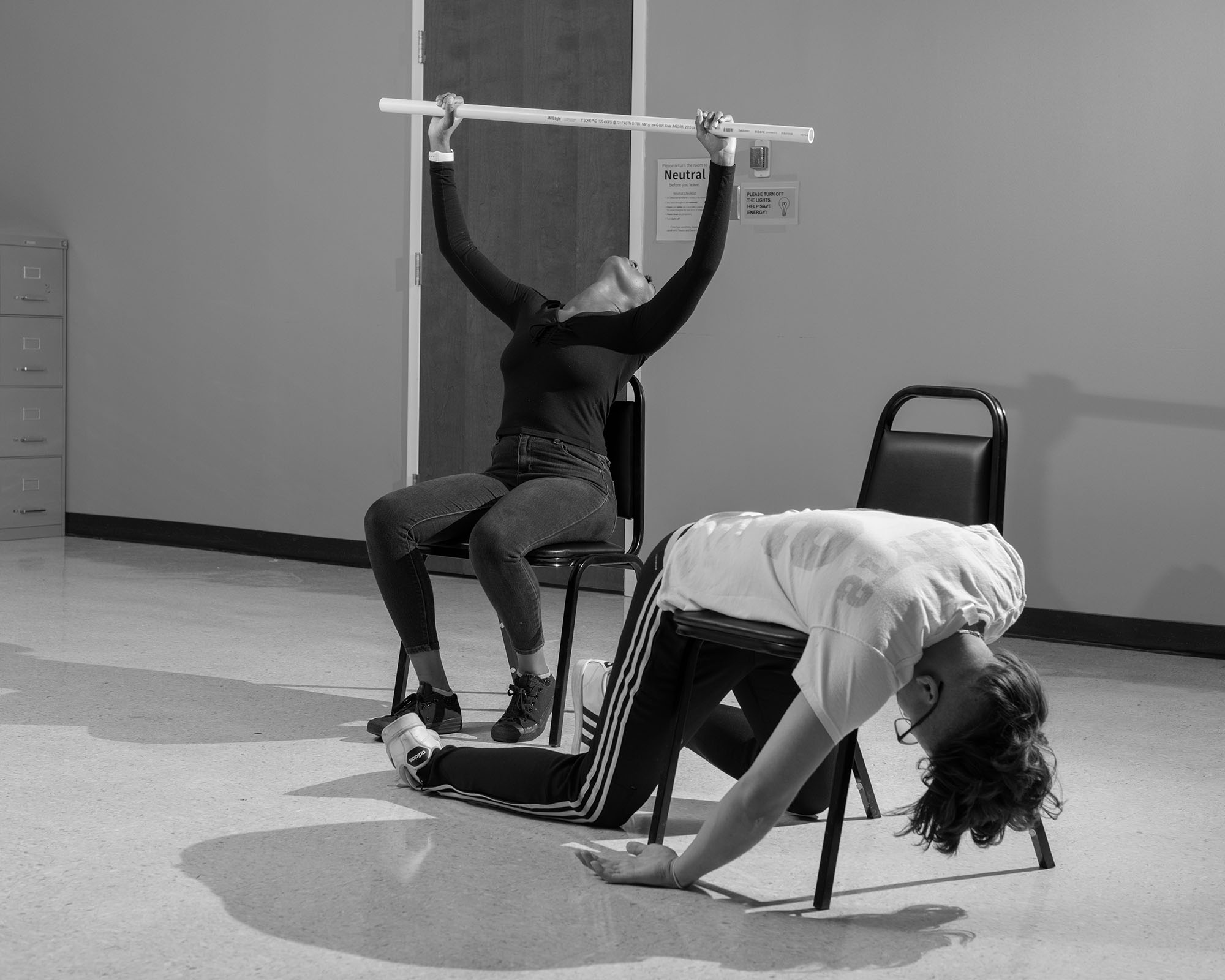
The book’s title approaches similar territory, he notes, interrogating the specificity of The Four Pillars in relation to self-actualisation, while also being wholly generic (look up The Four Pillars and the results will vary depending on the group). Though each interpretation is concerned with strategies for living, identifying meaning and purpose, adopted by spiritual and professional practices, there is no one fixed version. “So many people have reached out like, ‘At my high school we had The Four Pillars’ or ‘I took a course about The Four Pillars’,” Eli says. “I love that it’s so general.” Eli’s introduction came in the form of a lecture (a flyer for which appears in the book, encouraging those seeking guidance to email a person called Cindy M. Millar). “It so clearly references this idea of self-improvement and ‘Here is a path to follow, if you do these four things, you’ll be happier, smarter, richer…’. Often as humans, I think we crave a certain order or path, as it helps quell some of our own anxieties.”
Initially, using his camera as a sort of passport into a world he didn’t know, topics like religion and class seep into the work, from the characteristics of the physical space to the ideas that shaped the group’s genesis. “Obviously, with a lot of that New Age spirituality, the reference point is Christianity, even if it’s inflected with other things,” he says. “And we also, in America, have this idea that class doesn’t exist, or at least not in the sense that it does in England, which is a total fantasy. Of course, it does. I think that’s one of the great benefits of photographing out in the world; even if you are recreating or altering things, you’re still looking at the real world — class, race, gender, sexuality — that’s all in the world, so you’re going to get pieces of it.”
“There’s a kind of a futility at the heart of what I’m doing,” he says, alluding to the questions that arise as a result. “How do you make photographs of the surface of things that actually communicate or hint at what is going on at an interior level? At some point, there’s an impossibility to it. But that was a challenge I was interested in.”
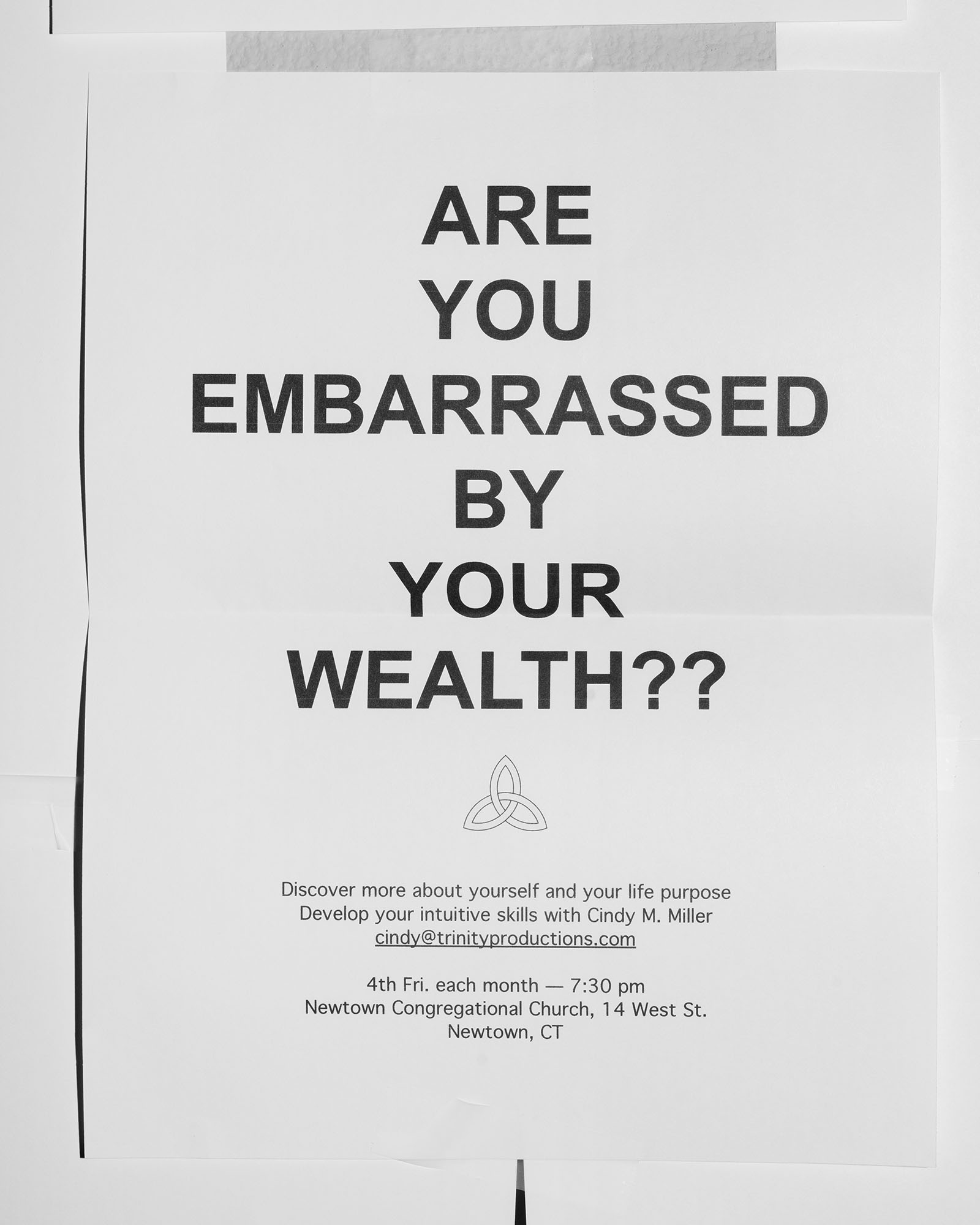
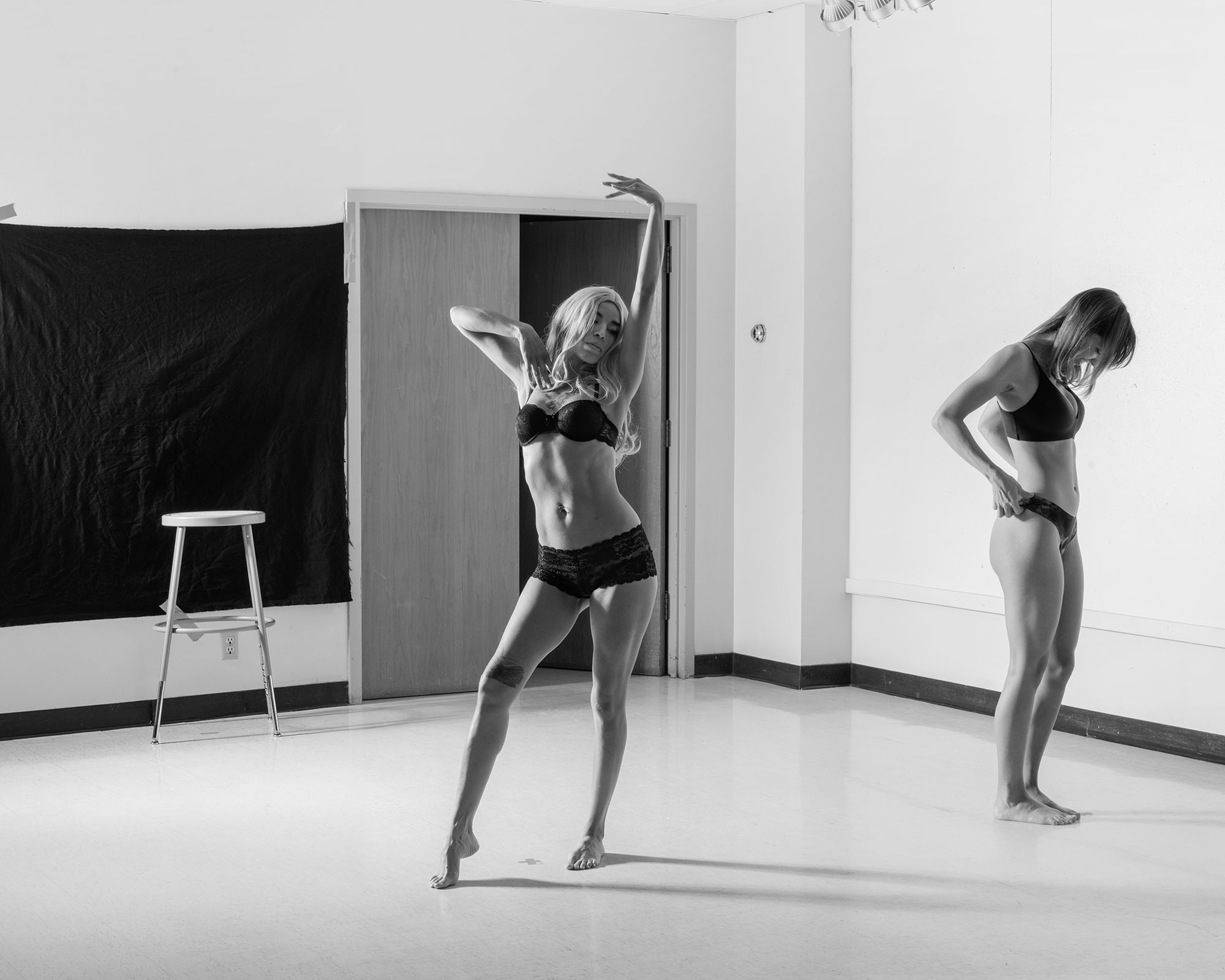

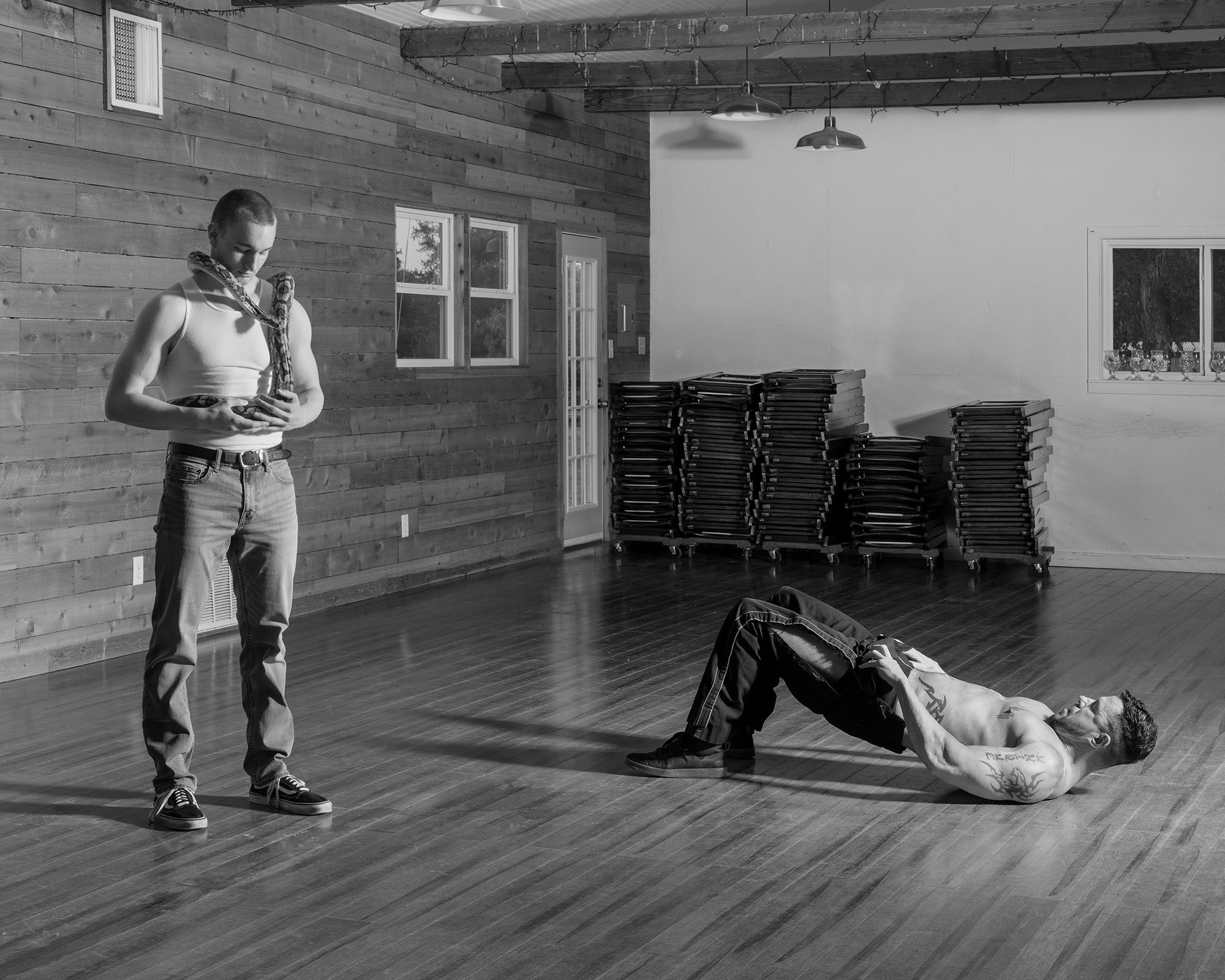
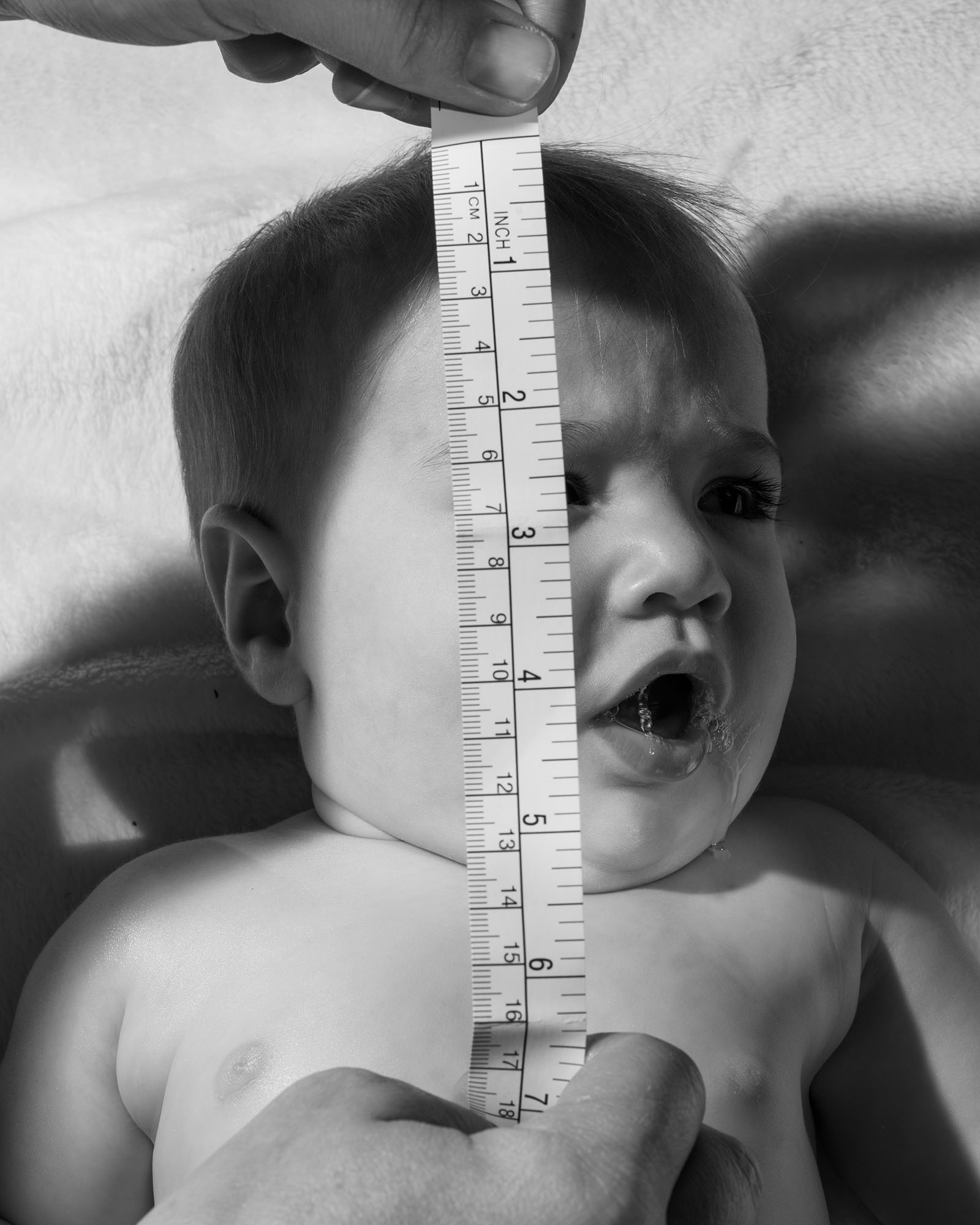

Four Pillars by Eli Durst is published by Loose Joints.
Credits
Photography Eli Durst
